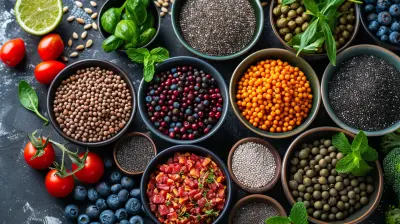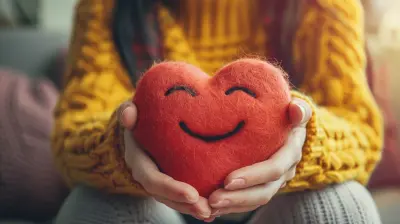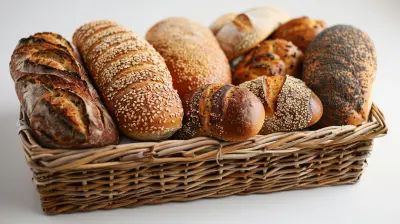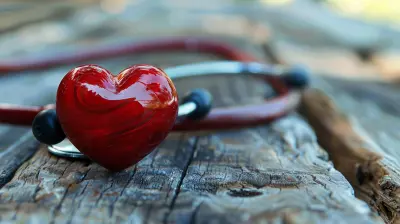Chronic Pain and Anxiety: Breaking Out of the Cycle
25 May 2025
Living with chronic pain is tough—but when anxiety gets thrown into the mix, it can feel downright impossible. Imagine being stuck on a never-ending carousel, spinning between pain and worry. The more pain you feel, the more anxious you become, and the more anxious you become, the worse the pain gets. It’s a vicious cycle that can leave you feeling exhausted, frustrated, and desperate for relief.
But here’s the good news: breaking out of this cycle is possible! By understanding the connection between chronic pain and anxiety and making small but impactful changes, you can regain control and find some much-needed peace. Let’s dive in and uncover ways to break free from this exhausting loop.
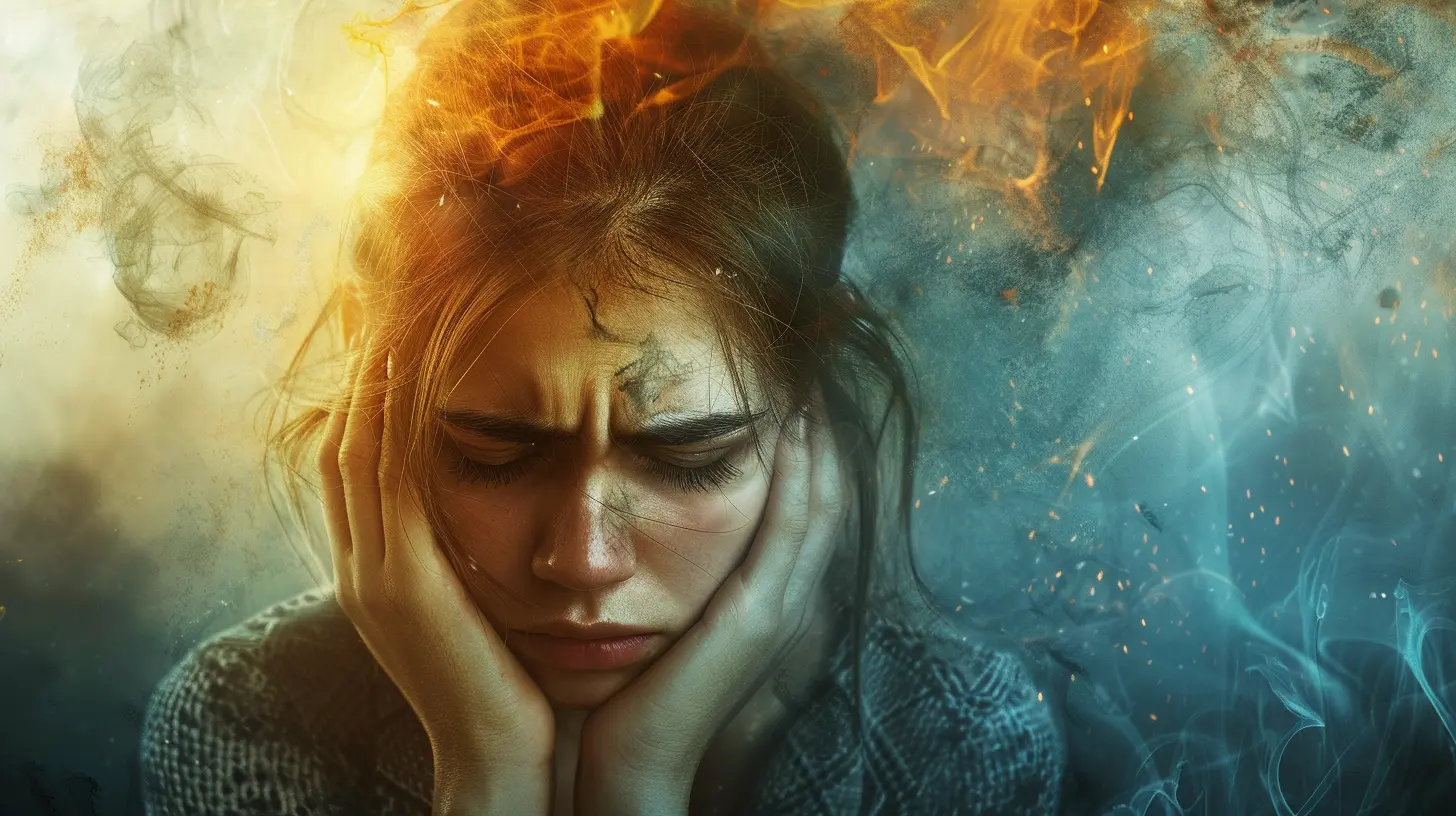
The Connection Between Chronic Pain and Anxiety
Ever notice how pain feels more intense when you're stressed or anxious? That’s not just in your head—it’s science! Your brain and body are constantly communicating, and when anxiety takes over, it heightens your body's sensitivity to pain.How Anxiety Amplifies Pain
Anxiety triggers the release of stress hormones like cortisol and adrenaline. While these are helpful in short bursts (like when you need to escape danger), prolonged exposure can create inflammation and muscle tension, making chronic pain even worse.Not to mention, anxiety makes you hyper-aware of discomfort. A minor ache that you might normally brush off suddenly feels like a full-blown crisis when anxiety is in the driver’s seat.
How Pain Fuels Anxiety
On the flip side, chronic pain can cause anxiety. When you’re in pain day after day, it’s normal to worry about the future—Will this ever go away? What if it gets worse?—and that uncertainty can snowball into full-blown anxiety.Not only that, but pain also limits your ability to engage in daily activities, leading to social isolation and feelings of helplessness. Over time, this can contribute to anxiety, depression, and a general sense of hopelessness.
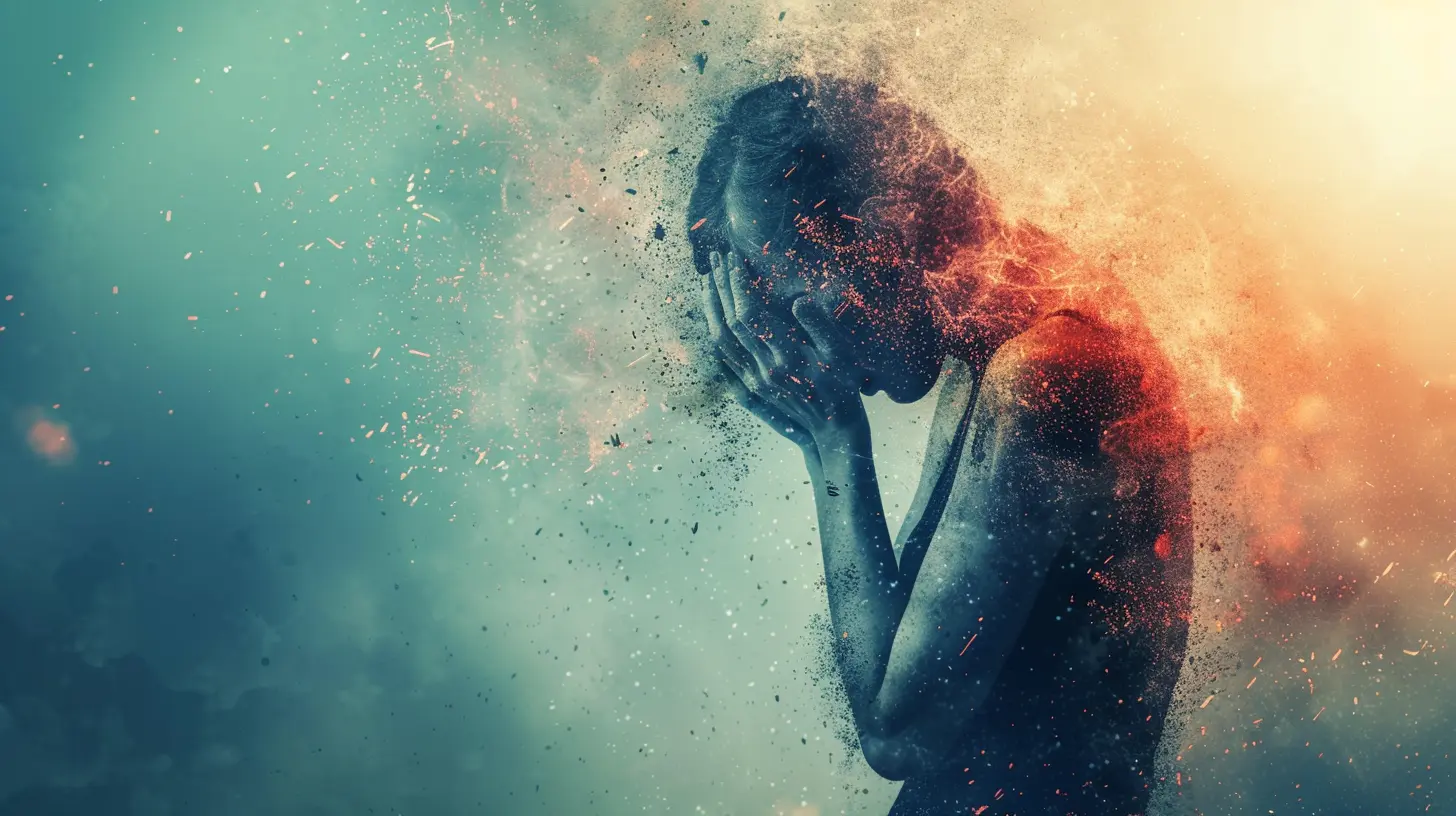
Signs You're Stuck in the Pain-Anxiety Cycle
How do you know if you're trapped in this never-ending loop? Here are some signs to watch for:- You feel anxious whenever you experience pain, fearing it will never stop.
- Your pain worsens when you're stressed or overwhelmed.
- You have trouble sleeping due to pain and racing thoughts.
- You avoid activities or situations because you're afraid they’ll cause discomfort.
- You feel constantly tense, both physically and mentally.
If these sound familiar, don’t worry—you’re not alone, and there are ways to break free!
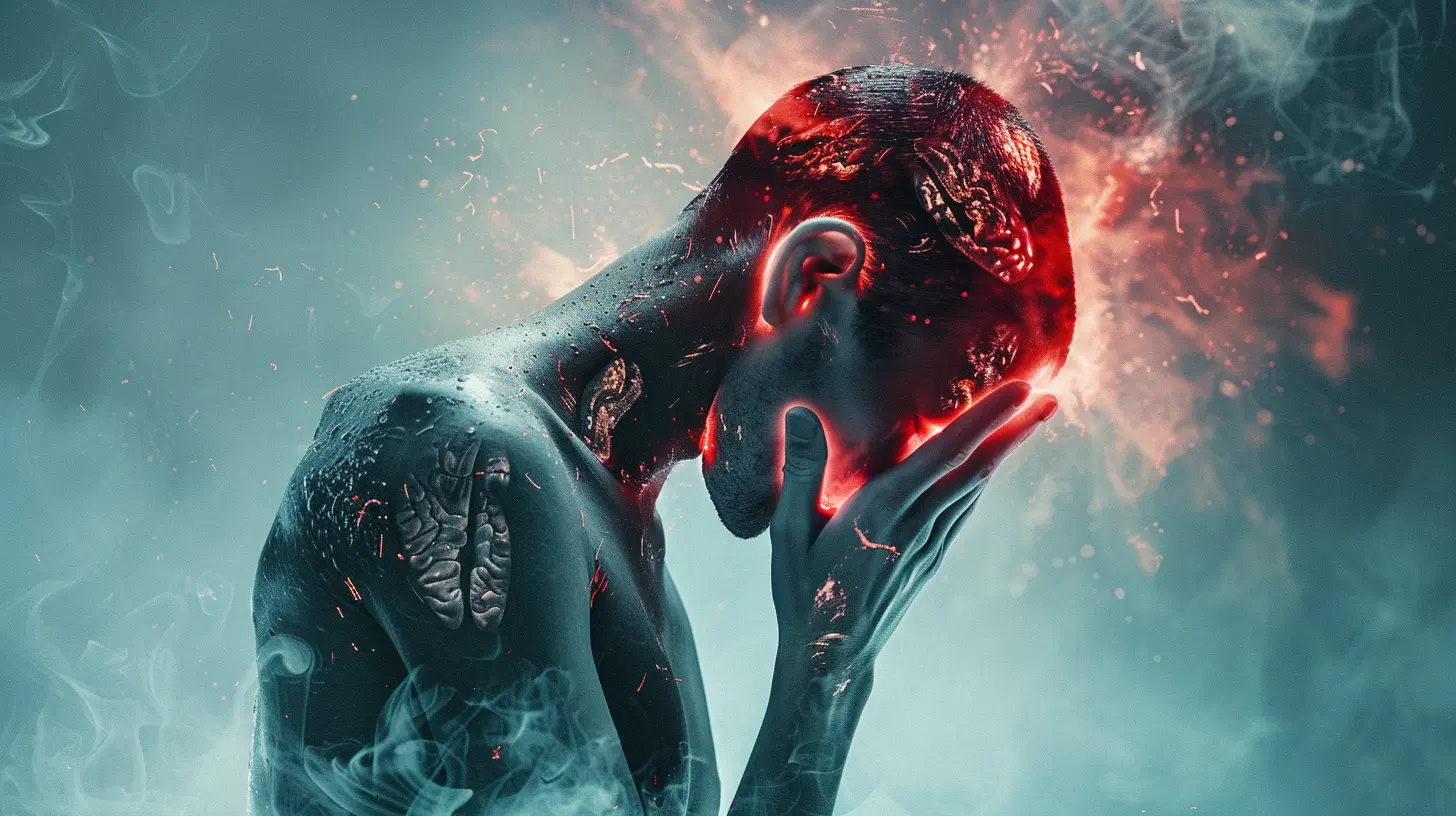
Breaking the Cycle: Practical Strategies
Now that we understand how anxiety and chronic pain feed off each other, let’s talk about what you can do to put an end to this exhausting cycle.1. Practice Mindfulness and Relaxation Techniques
Your mind is a powerful tool in managing both pain and anxiety. Mindfulness—staying present in the moment—can help you detach from the anxious thoughts that amplify pain.Try this:
- Deep breathing – Inhale deeply through your nose, hold for a few seconds, and exhale slowly. This activates your body’s relaxation response.
- Progressive muscle relaxation – Tense and release different muscle groups to relieve tension.
- Guided meditation – Apps like Calm and Headspace can be lifesavers!
The more you practice mindfulness, the less hold anxiety will have over your pain.
2. Get Moving (Even When You Don’t Want To)
Exercise might be the last thing on your mind when you're in pain, but gentle movement can work wonders. Physical activity releases endorphins—your body’s natural painkillers—and helps reduce stress.Try low-impact activities such as:
- Walking – A short stroll outdoors can boost your mood and ease tension.
- Yoga or Tai Chi – Gentle stretches improve flexibility and calm the nervous system.
- Swimming – The water’s buoyancy can take pressure off sore joints and muscles.
Even if it’s just a few minutes a day, movement can help break the cycle of pain and anxiety.
3. Improve Your Sleep Hygiene
Lack of sleep makes everything worse—including pain and anxiety. Unfortunately, chronic pain often leads to poor sleep, which in turn makes pain feel even stronger. It’s another frustrating cycle!To improve sleep quality:
- Stick to a consistent sleep schedule (even on weekends).
- Create a relaxing bedtime routine—turn off screens, dim the lights, and do something calming.
- Try using a weighted blanket or white noise machine to promote relaxation.
- Avoid caffeine and heavy meals close to bedtime.
Even small improvements in sleep can make a big difference in how you feel.
4. Challenge Negative Thought Patterns
Anxiety loves to whisper worst-case scenarios in your ear. "This pain will never go away," or "I can't handle this." But guess what? Those thoughts are not facts. You have more control than you think!When anxiety creeps in, try cognitive reframing—challenging negative thoughts and replacing them with more realistic ones. For example:
- Negative thought: “I’ll never feel better.”
- Reframed thought: "I’ve had tough days before, but they’ve passed. This one will too."
Training your brain to recognize and challenge anxious thoughts can help loosen anxiety’s grip on your pain.
5. Stay Connected and Seek Support
Pain and anxiety can feel isolating, but you don’t have to go through it alone. Connecting with others—whether it’s close friends, family, or support groups—can provide comfort and reassurance.Consider:
- Joining an online or in-person support group for chronic pain or anxiety.
- Talking to a mental health professional who specializes in chronic pain.
- Sharing your feelings with a trusted friend or loved one instead of bottling them up.
Sometimes, just knowing you’re not alone can make all the difference.
6. Try Alternative Therapies
What works for one person might not work for another, so don’t be afraid to explore different options. Some alternative therapies that have helped many people include:- Acupuncture – May help reduce pain by stimulating nerves and increasing blood flow.
- Massage therapy – Can ease muscle tension and promote relaxation.
- Aromatherapy – Certain scents (like lavender) can have a calming effect.
- CBD oil – Some people find relief from pain and anxiety with CBD products.
If you're curious, talk to your doctor and see if any of these options might be worth trying!
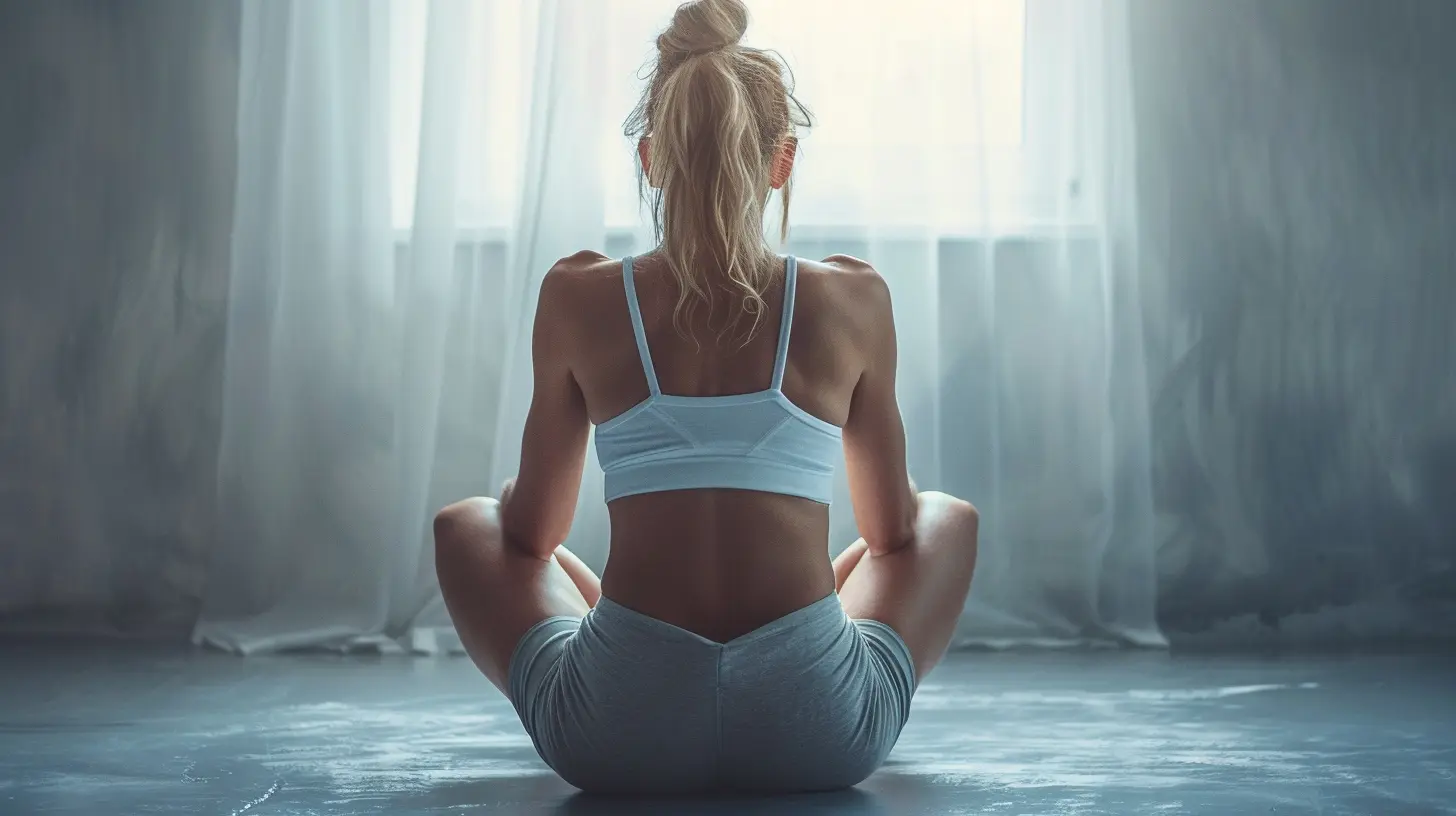
Final Thoughts
Breaking out of the chronic pain and anxiety cycle is possible, but it takes patience, self-compassion, and a willingness to try new strategies. There’s no one-size-fits-all solution, but with small steps—mindfulness, movement, sleep, positive thinking, and support—you can reclaim control over your life.Remember, pain and anxiety don’t define you. They’re just chapters in your story, and you have the power to turn the page. Keep going—you’ve got this!
all images in this post were generated using AI tools
Category:
Chronic PainAuthor:

Angelo McGillivray
Discussion
rate this article
3 comments
Damian Valentine
Insightful read on managing chronic pain and anxiety together.
June 7, 2025 at 2:51 AM

Angelo McGillivray
Thank you! I'm glad you found it insightful. Managing both can be challenging, but understanding their connection is key.
Cassidy Chapman
Great insights! It’s so important to address both chronic pain and anxiety together for better healing.
May 29, 2025 at 3:40 AM

Angelo McGillivray
Thank you! Addressing both is crucial for effective healing and overall well-being.
Talis Jimenez
This article effectively highlights the intricate relationship between chronic pain and anxiety. By understanding how these conditions interact, readers can explore holistic approaches to break the cycle. Emphasizing self-care, therapy, and support systems is crucial for improving overall well-being. A truly insightful read!
May 25, 2025 at 4:11 AM

Angelo McGillivray
Thank you for your insightful feedback! I'm glad you found the article helpful in exploring the connection between chronic pain and anxiety.
